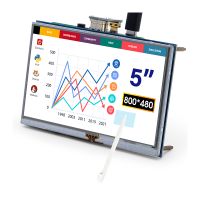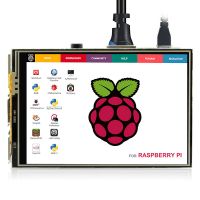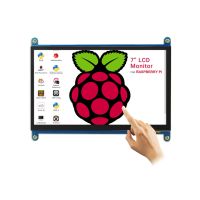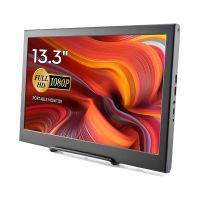Currency
Best Buying Guide & Reviews for Displays Paired with Raspberry Pi
October 21, 2021
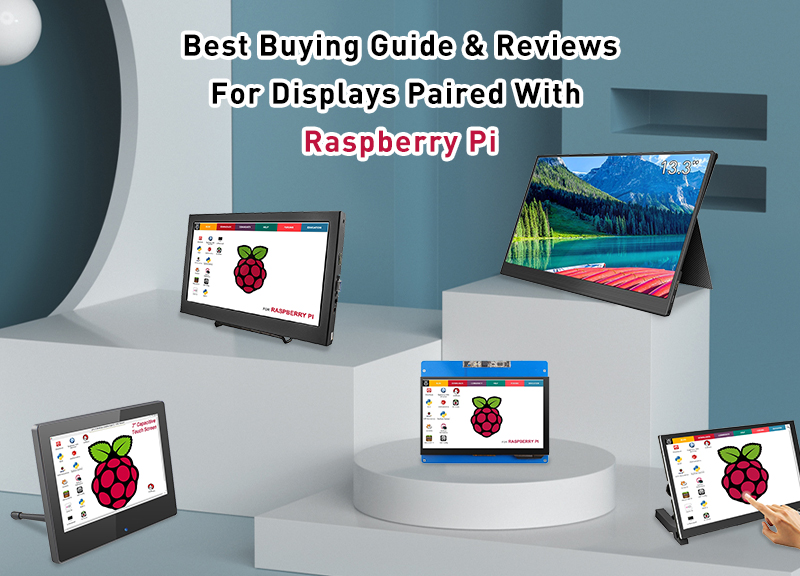
Raspberry Pi, now in its fourth generation, opens up new worlds for makers through card-sized kits. The Raspberry Pi's display is indispensable, it turns the Raspberry Pi into a computer that is easy to use anywhere. Here are some pertinent guides and views for choosing a Raspberry Pi display screen.
Consider a few factors when choosing a Raspberry Pi screen:
-
Screen size refers to the diagonal length of a screen, usually in inches. In general, project requirements and budgets determine the screen size required.
-
Screen brightness refers to the luminous intensity of the surface of the screen, usually with a 200cd/sq.m display, which is sufficient for normal use.
-
Screen resolution refers to the total number of pixels that can be displayed on the screen. The resolution is closely related to the details of the picture. If the selected resolution is not compatible, the display will stretch and shrink to fit the specified resolution, causing a huge loss of signal and quality.
-
Also consider whether the screen is compatible with the Raspberry Pi model. The Raspberry Pi display screen uses connectors for effective communication between peripheral devices. The most common connectors are HDMI, VGA and AV input. In addition, whether it is a back-mounted bracket, a stand-alone type or an integrated shell screen design that accommodates the Raspberry Pi, everything has to be designed to match the Pi perfectly.
Below is a list of all the best Raspberry Pi compatible screens available online. We provide many types of Raspberry Pi screens at very low prices to help you find a screen that suits your needs and projects:
If you have any questions about Raspberry Pi Touchscreen, please visit our official forum:https://forum.elecrow.com/
------------------------------------------------------------------------------------------------
For more information, please visit: www.elecrow.com
Media Contact:
Tammy
Elecrow
Elecrow, West of F-building 8th Floor,
Fusen Industry Park ,Gushu Hangcheng Road, Bao'an Ave
Shenzhen, 518126, China
Email: pr.manager@elecrow.com

